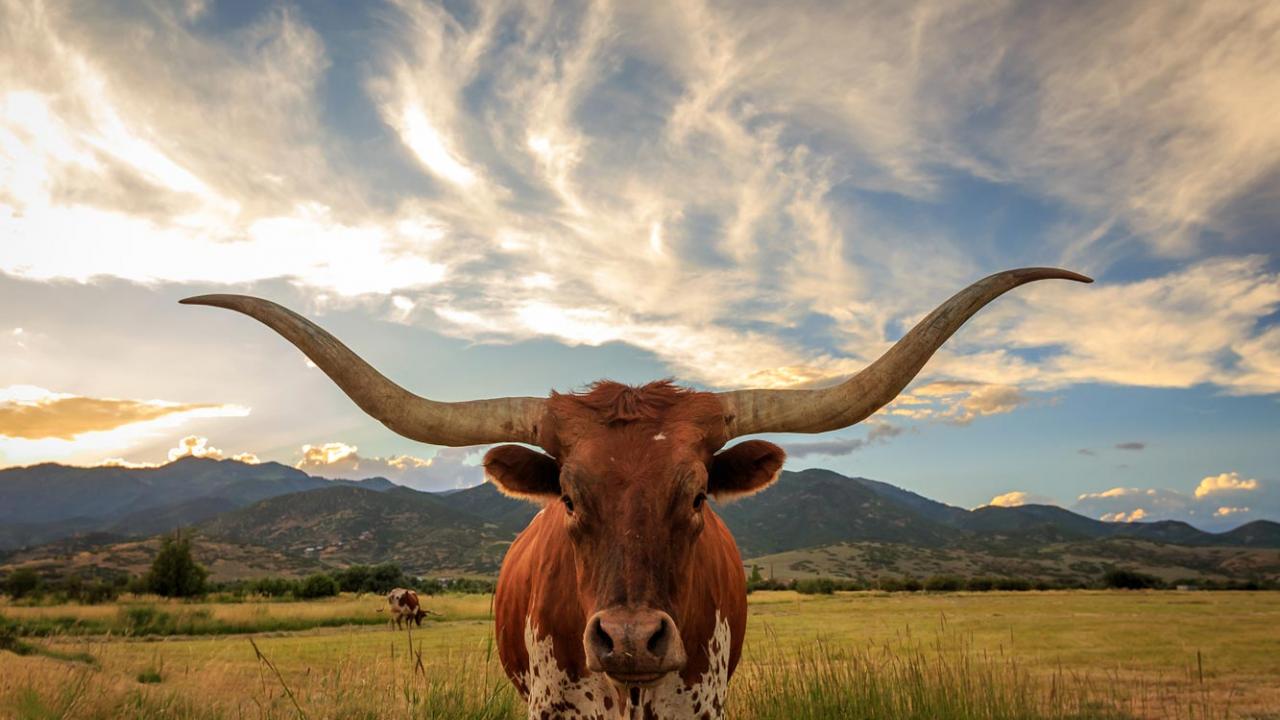
How Do Cattle Produce Methane?
When animals are criticized for the part they play in climate change, most often it’s the cattle that take it on the chin. While beef and other products that come from cattle are popular in the United States and abroad, what cattle are often singled out for is the result of a digestive system that differs from those of poultry and swine, two other favorite sources of protein.
Cattle are ruminant animals and are in the company of about 200 other ruminant species– including sheep, goats, buffalo, deer, elk, giraffes and camels. What characterizes a ruminant animal is a specialized digestive system that allows them to break down and digest food that is undigestible by non-ruminants, such as humans. In fact, Eighty-six percent of global livestock feed is material that is not edible for humans.
So how are ruminants able to digest this material?
Instead of one compartment in the stomach, they have four. One of them – the rumen – allows them to store partially digested food and let it ferment. They later regurgitate the food and finish the digestive process.
As grass and other vegetation ferments in the rumen, it produces the greenhouse gas, methane, as well as a host of other byproducts. (Incidentally, decomposing food in landfills does the same thing). The methane is then expelled by the cow, mainly through belching. But cattle also offer a chance to reduce greenhouse gas emissions and are able to act as upcyclers of foods we humans cannot consume.
In California, two-thirds of all agricultural land is marginal, meaning that we can’t grow human edible crops with this land, but we can graze and grow cattle on it. In this way cattle are able to upcycle nutrients humans cannot utilize, and convert plants on marginal lands into high quality protein we can utilize.

Frank Mitloehner Discusses Livestock, Climate Solutions and COVID-19 Impact on Greenhouse Gases on Podcast
CLEAR Center Director, Frank Mitloehner, debunks common misconceptions around livestock and greenhouse gas emissions on this episode of Elanco’s Rediscovering the Power of Healthy Animals podcast.
